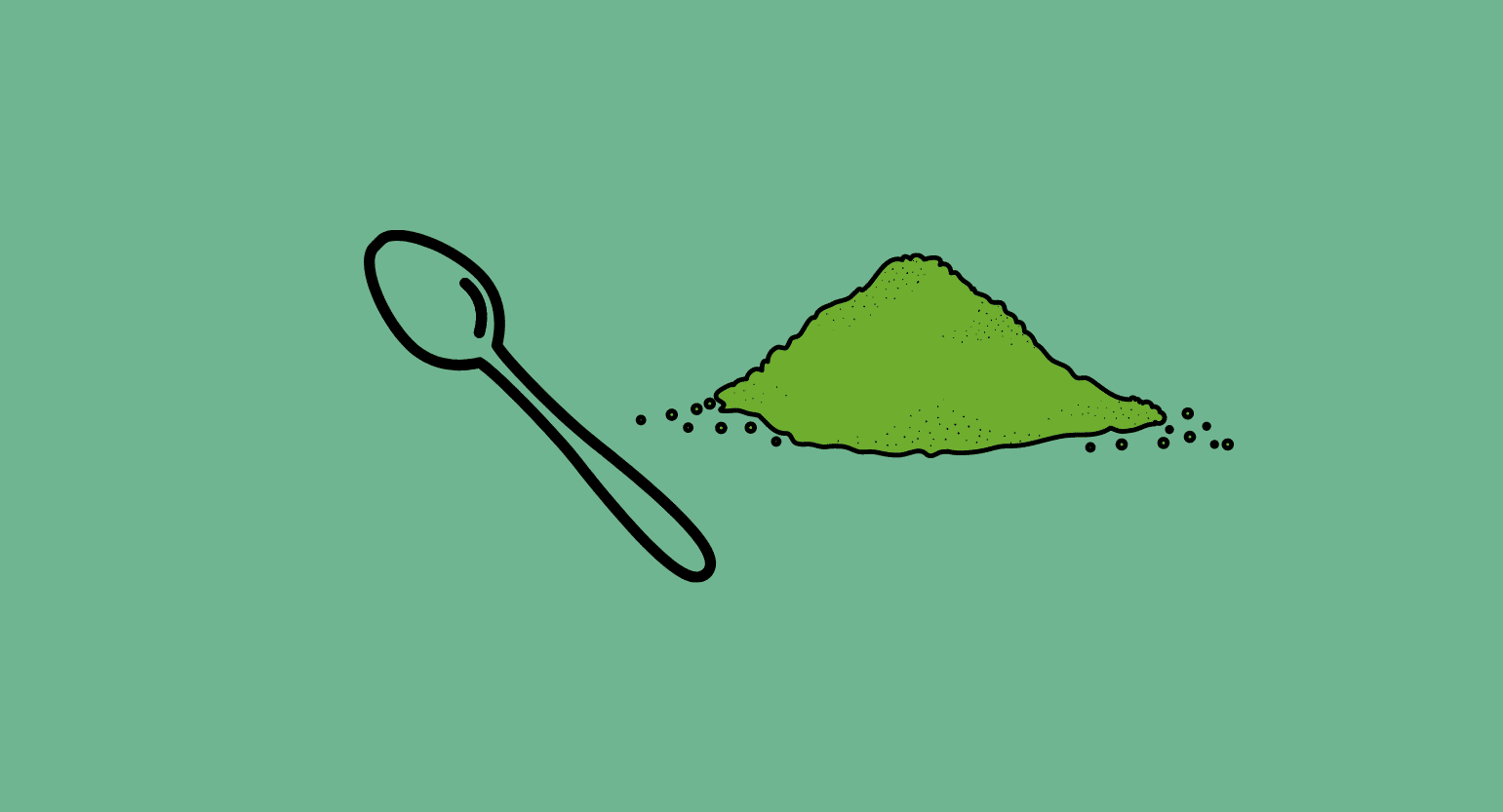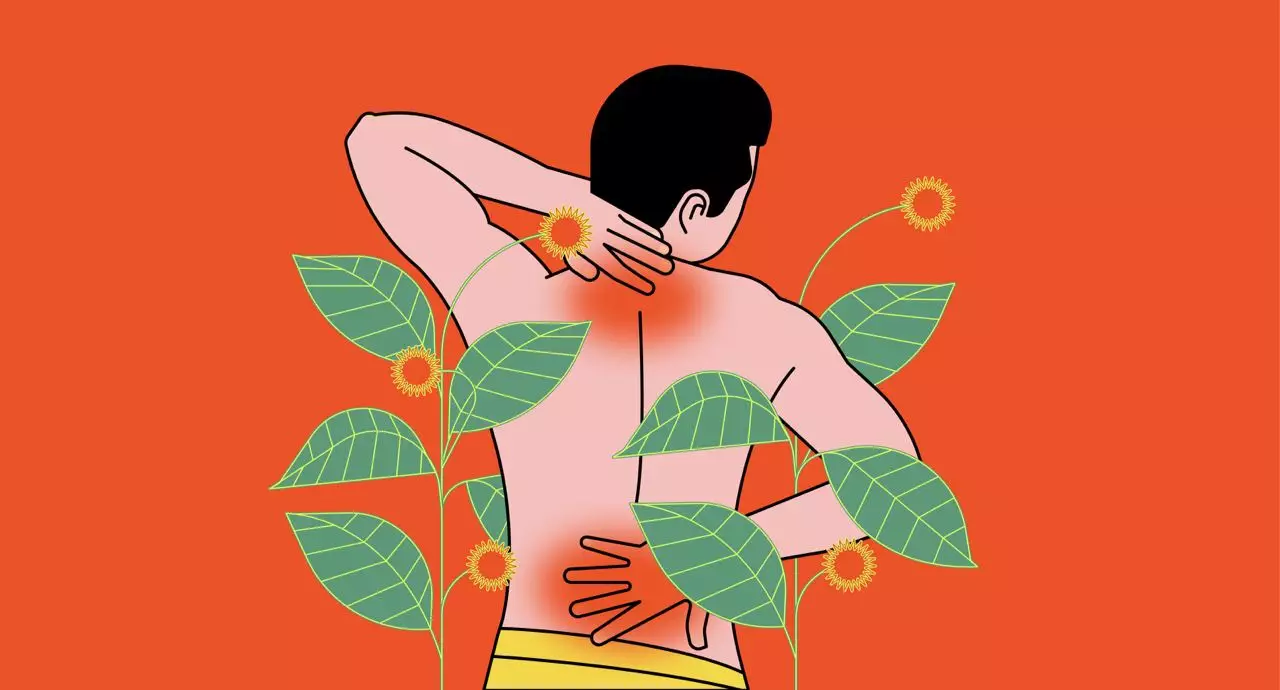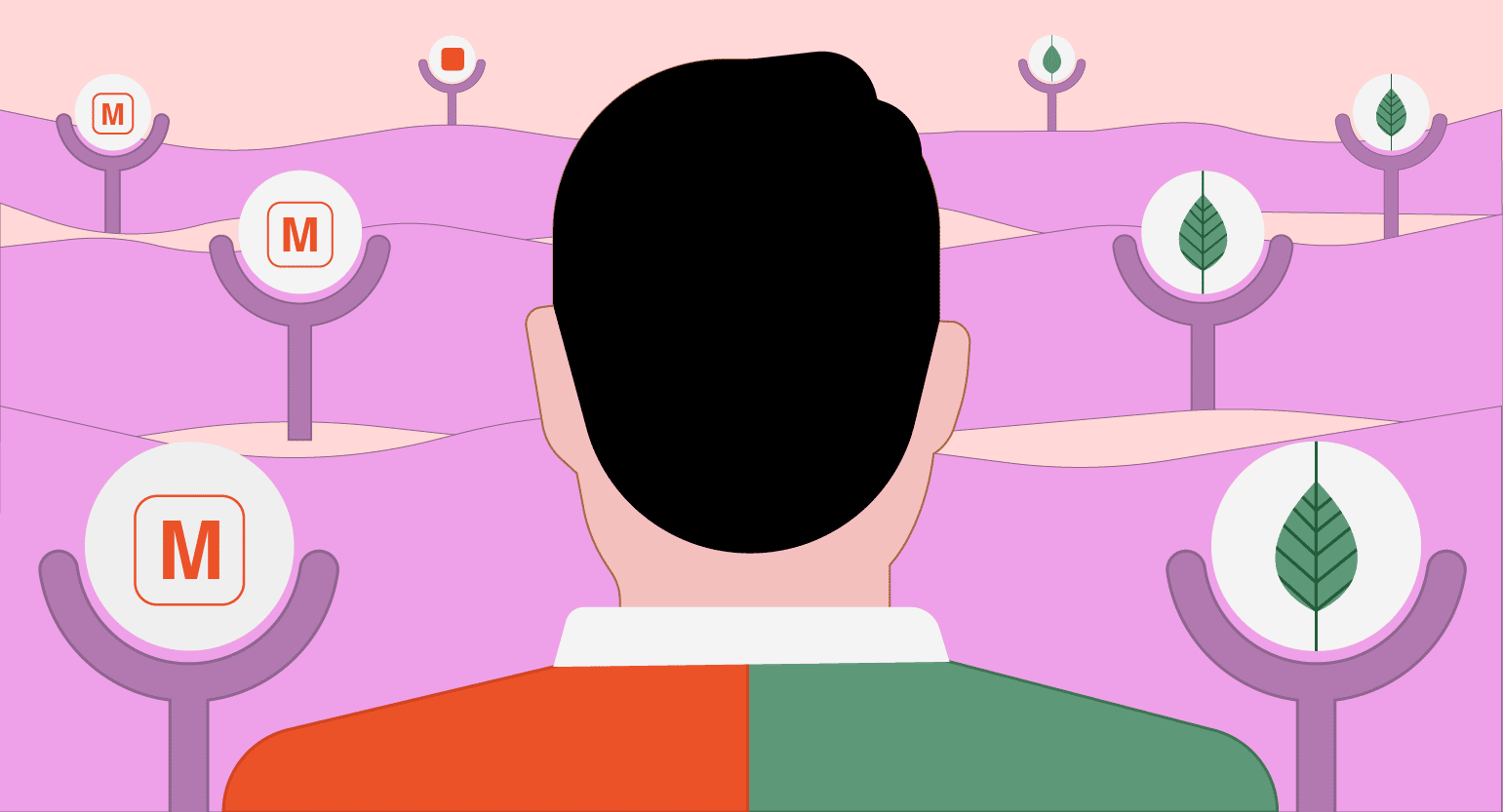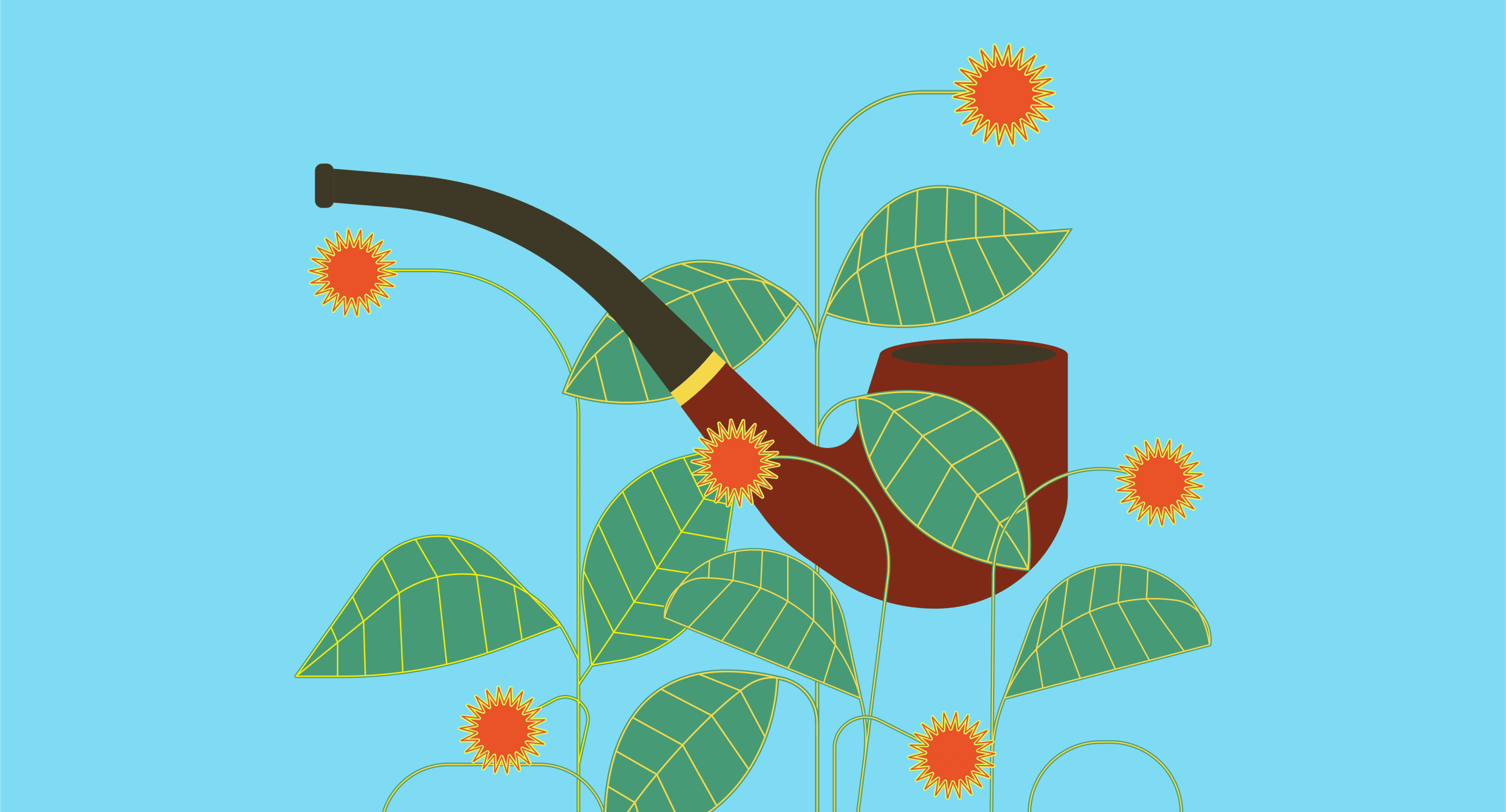Does Kratom Interact With Salvia?
Yes, kratom may interact with salvia.
Kratom may interact with salvia by altering the user’s mindset before starting the salvia trip — which can be extreme.
If kratom makes users anxious, this can dramatically affect the salvia experience. However, if kratom makes the user feel calmer and more relaxed, it could benefit the salvia experience.
Pharmacologically, kratom and salvia are both opioid receptor agonists — yet they don’t interact with the same types of receptors.
Salvia contains a highly potent kappa-opioid receptor (KOR) agonist, salvinorin A — a diterpene responsible for creating the herb’s intense hallucinations [1].
Kratom contains two alkaloids — mitragynine and 7-hydroxymitragynine — that are partial agonists of the mu- and delta-opioid receptors [2]. Activity at these receptors gives kratom its powerful pain-relieving capabilities and other psychoactive effects.
Since kratom and salvia create their effects by acting on different opioid receptors, taking them simultaneously is unlikely to amplify their short-term effects. However, salvia and kratom do interact in another way.
Kratom & Salvia Are Metabolic Competitors
When two drugs are processed by the same enzymes, they will compete with each other to bind with such enzymes. If your body doesn’t have enough bandwidth to process both drugs simultaneously, concentrations of both drugs can build up over time, leading to unwanted side effects.
This pharmacological phenomenon is known as metabolic competition.
Kratom is metabolized in the liver by the CYP3A4, CYP2D6, and CYP2C9 enzymes [3]. Salvia is thought to be processed by the CYP2D6, CYP1A1, CYP2C18, and CYP2E1 [4].
Since both kratom and salvia get broken down by CYP2D6, taking them together could slow down their metabolism and elimination rate.
For a substance like salvia, this doesn’t pose much risk. Salvia is non-toxic even in large doses and is rapidly cleared from the body. Additionally, salvia isn’t taken regularly, so there’s unlikely to be an issue with increasing serum levels of salvinorin A.
Further Reading: Will Kratom Interact With My Medication?
Kratom & Psychedelics
Salvia is classified as a dissociative hallucinogen and causes users to experience vivid auditory and visual hallucinations and feelings of intense separation from the body [5]. These hallucinations can be extreme — causing the user to have an out-of-body experience and be unable to interpret sensory information.
Here is a list of other hallucinogenic drugs that may interact similarly with kratom:
- LSD (acid)
- Psilocybin (magic mushrooms)
- Mescaline
- MDMA (Molly)
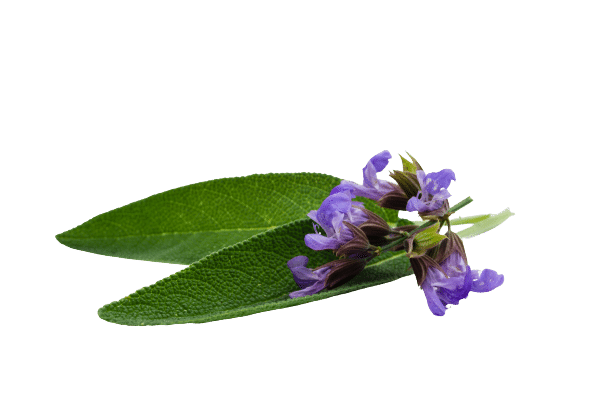
Is it Safe to Take Kratom With Salvia?
Salvia and kratom interact weakly in the short term, meaning using them simultaneously probably won’t cause any severe side effects.
However, this isn’t recommended unless the user is first familiar with both substances’ effects. Only people who use kratom regularly and understand how it affects their bodies individually should consider this combination.
Psychedelics as powerful as salvia can lead users to severe ontological shock, stress, and even post-traumatic stress disorder if they aren’t careful.
Kratom may help alleviate some of the challenges involved with the psychedelic experience by promoting a sense of calmness and relaxation before the trip.
However, it can also increase anxiety levels in some users. This effect depends on the user — which makes it critical that they’re familiar with the effects of kratom before they start.
What is Salvia?
Salvia extract comes from Salvia divinorum, a small bush-like tree native to Mexico. The active hallucinogenic agent in salvia is salvinorin A, a rare non-alkaloid psychoactive substance.
Salvia can cause the following effects:
- Changes in visual perception
- Difficulty concentrating
- Dizziness and lightheadedness
- Feeling detached from self and reality
- Hallucinations
- Lack of coordination
- Mood swings
- Uncontrolled laughter
Salvia Specs
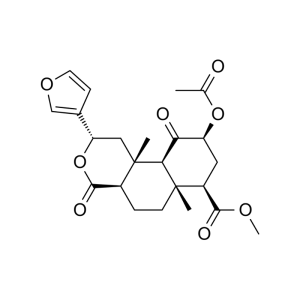
| Drug Name | Salvia divinorum |
| Other Names | Salvia, Diviner’s Sage, Purple Sticky, Sally D, Lady Salvia, Magic Mint |
| Classification | Dissociative hallucinogen |
| CYP Metabolism | CYP2D6, CYP1A1, CYP2C18, and CYP2E1 |
| Interaction with Kratom | Metabolic competition |
| Risk of Interaction | Moderate |
What is Salvia Used for?
Salvia has no approved medical uses, and virtually all salvia use is recreational.
In traditional Mazatec Indian culture, leaves of the Salvia divinorum plant were chewed during religious ceremonies under the superstition that the visions brought them closer to the gods and could help them divine the future.
Some psychoactive substances have been studied as potential treatments for dissociative disorders and other mental illnesses. Salvia shows some therapeutic possibility, though not as much as other hallucinogens like psilocybin [6, 7].
What’s the Dose of Salvia?
Doses of salvia differ depending on the ingestion method.
Smoking dried salvia leaves usually require between 0.25 grams and 0.75 grams, with 1 gram considered a large dose. Inhaling salvia through a pipe or bong usually results in a short, intense experience lasting from 10 minutes to one hour.
Using it orally is trickier because the gastrointestinal system deactivates salvinorin A. You can chew the leaves, allowing the chemicals to be absorbed through the mucous membranes, but this takes more plant matter, typically around 2-5 grams of dried leaves or 20 – 30 grams of fresh leaves. If you do it right, orally ingesting salvia leads to a longer-lasting experience, but it generally takes longer before you feel the effects. The psychedelic effects of ingesting salvia this way can last up to two hours.

What Are the Side Effects of Salvia?
The most prominent side effects of salvia are tiredness, dizziness, and memory loss. Some people report no effects on their memory, while others cannot recall anything that happened for several hours after taking salvia.
The most troubling side effect of salvia is the possibility of having sudden hallucinations for several days after taking it. Some people report intense hallucinations similar to the initial experience for days or weeks after taking it. These psychedelic experiences happen randomly and can be dangerous if they happen at inopportune moments, like when driving, for example.
In rare cases, people have reported experiencing psychotic episodes or prolonged psychosis. Unfortunately, it is impossible to estimate the likelihood of experiencing such severe side effects.
What is Kratom?
Kratom (Mitragyna speciosa) is a plant native to Southeast Asia that is related to the coffee family. It’s used as traditional medicine, especially in Thailand and Indonesia, where they make heavy use of kratom to treat chronic pain, anxiety, and depression.
What’s Kratom Used for?
Kratom treats pain, especially in chronic conditions such as lumbalgia, arthritis, fibromyalgia, or permanent disability from injuries [8]. It is also commonly used to treat opioid withdrawal due to its similarities to addictive painkillers like morphine.
Less common uses for kratom include treating anxiety, depression, insomnia, and certain mood disorders [9].
What’s the Dose of Kratom?
The effects of kratom you feel from it are highly dose-dependent.
Small doses in the 1-3 gram range energize and uplift and can boost motivation and productivity.
In slightly larger amounts, around 3-6 grams, kratom becomes more relaxing while offering clean energy. Many people prefer doses in this middle range, claiming it makes them feel relaxed and alert and has a nootropic-like effect on their cognitive abilities.
Doses between 6 and 10 grams are highly sedating and are not well-suited for use during the day. High doses are best for treating pain, anxiety, and insomnia but may make some users overly tired and lethargic. Doses in this range are best taken at night.
Use a dose guide and calculator if you’re unsure how much you need. It’s always best to start with low amounts and work your way up.
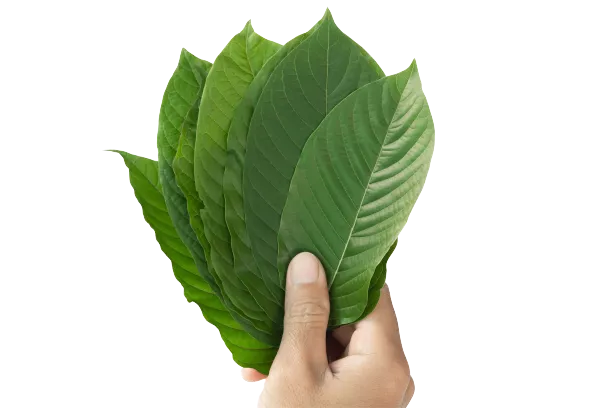
What Are the Side Effects of Kratom?
Kratom does have side effects, but they’re not usually severe. Keep doses low, and take occasional breaks, and you should be fine.
Common side effects of kratom include:
- Anxiety
- Constipation
- Diarrhea
- Dizziness
- Headaches
- Heart palpitations
- Liver damage (with long-term use)
- Lethargy
- Memory impairment
- Mental fog
- Nausea and gastrointestinal problems
Kratom can also be highly addictive. Experts recommend limiting weekly use to no more than 4 or 5 days and taking lengthy breaks every 1-2 months to avoid developing a dependence. Systemic fatigue signifies that your body needs some time off from kratom use.
What Are the Different Types of Kratom?
Depending on who you ask, there are three or four main types or strains of kratom.
Here is a quick overview of the four main varieties.

White Vein Kratom
White-vein kratom comes from the distinctive pale veins of young kratom leaves. Farmers take great care to harvest white-vein kratom from young plants at just the right time to ensure their product produces the right effects.
White strains are the most energizing, giving users a significant energy boost and improving their mood substantially. Most white-vein kratom users suggest using it in the morning since it fills a similar niche to morning coffee.

Red Vein Kratom
Red-vein kratom lies at the other end of the kratom spectrum. It’s produced by harvesting leaves from fully mature kratom plants and is the most relaxing and sedating kratom strain.
The most common uses for red-vein kratom are treating pain, anxiety, and insomnia.

Green Vein Kratom
Green-vein kratom sits between red-vein and white-vein kratom regarding when the leaves are harvested and its effects on users.
Many people view green-vein kratom as the best of both worlds option, offering a bit of energy along with pain relief and relaxation. Unless you have a specific reason for taking kratom, green vein is often the best option.

Yellow Vein Kratom
People disagree about whether yellow-vein kratom should be in its own category since it isn’t technically a different strain. One theory is that yellow-vein kratom is white-vein kratom that undergoes fermentation during the drying phase, giving it unique properties and increasing potency.
Most yellow strains have similar effects to the white strains they’re made from. Some people feel that yellow-vein kratom accentuates the positive aspects of white-vein kratom and dampens some unwanted side effects like jitteriness and anxiety.

Key Takeaways: Is it Safe to Mix Kratom & Salvia?
Mixing kratom and salvia is low-risk if you don’t use both simultaneously for extended periods. Kratom and salvia are metabolized by the same liver enzyme, meaning there is a higher risk for build-up even if you take the recommended doses of each.
The short-term effects of salvia and kratom have little overlap and work via different mechanisms, making it unlikely for their effects to stack. Even though both kratom and salvia are opioid receptor agonists, they don’t activate the same receptors.
Individually, kratom and salvia both come with some risks, so following responsible use guidelines is necessary to mitigate the dangers and have positive experiences.
The best way to go is consulting your doctor before mixing any medications with kratom.
- Roth, B. L., Baner, K., Westkaemper, R., Siebert, D., Rice, K. C., Steinberg, S., … & Rothman, R. B. (2002). Salvinorin A: a potent naturally occurring nonnitrogenous κ opioid selective agonist. Proceedings of the National Academy of Sciences, 99(18), 11934-11939.
- Chien, G. C. C., Odonkor, C., & Amorapanth, P. (2017). Is kratom the new ‘legal high on the block?: The case of an emerging opioid receptor agonist with substance abuse potential. Pain physician, 20(1), E195-8.
- Kamble, S. H., Sharma, A., King, T. I., León, F., McCurdy, C. R., & Avery, B. A. (2019). Metabolite profiling and identification of enzymes responsible for the metabolism of mitragynine, the major alkaloid of Mitragyna speciosa (kratom). Xenobiotica, 49(11), 1279-1288.
- Teksin, Z. S., Lee, I. J., Nemieboka, N. N., Othman, A. A., Upreti, V. V., Hassan, H. E., … & Eddington, N. D. (2009). Evaluation of the transport, in vitro metabolism and pharmacokinetics of Salvinorin A, a potent hallucinogen. European Journal of Pharmaceutics and Biopharmaceutics, 72(2), 471-477.
- Coffeen, U., & Pellicer, F. (2019). Salvia divinorum: from recreational hallucinogenic use to analgesic and anti-inflammatory action. Journal of Pain Research, 12, 1069.https://www.ncbi.nlm.nih.gov/pmc/articles/PMC6434906/
- Appel, J., & Kim-Appel, D. (2007). The rise of a new psychoactive agent: Salvia divinorum. International Journal of Mental Health and Addiction, 5(3), 248-253.
- Sherwood, A. M., & Prisinzano, T. E. (2018). Novel psychotherapeutics–a cautiously optimistic focus on Hallucinogens. Expert review of clinical pharmacology, 11(1), 1-3.
- Eastlack, S. C., Cornett, E. M., & Kaye, A. D. (2020). Kratom—Pharmacology, clinical implications, and outlook: a comprehensive review. Pain and therapy, 9(1), 55-69.
- Idayu, N. F., Hidayat, M. T., Moklas, M. A. M., Sharida, F., Raudzah, A. N., Shamima, A. R., & Apryani, E. (2011). Antidepressant-like effect of mitragynine isolated from Mitragyna speciosa Korth in mice model of depression. Phytomedicine, 18(5), 402-407.


